If you’re considering joining Eagle Point Golf Club, you’re not alone! This exclusive club, known for its stunning golf courses, vibrant community, and numerous amenities, is a top choice for golfers of all skill levels. However, before you take the plunge, it’s vital to understand the membership costs, benefits, and various options available to you.
Understanding Membership Costs
The membership cost at Eagle Point Golf Club can vary significantly depending on several factors such as the type of membership you choose, age, and enrollment time. Here’s a breakdown of the main categories:
| Membership Type | Initial Fee | Annual Dues | Additional Fees |
|---|---|---|---|
| Full Membership | $15,000 | $1,200 | Golf Cart Rental |
| Family Membership | $25,000 | $1,800 | Guest Fees |
| Junior Membership (under 35) | $5,000 | $600 | Limited Access |
| Corporate Membership | $30,000 | $2,500 | Event Hosting Fee |
Types of Memberships
Here’s a deeper look into the types of memberships available at Eagle Point [Golf Club](https://golflifewiki.com/desert-elegance-discovering-the-beauty-of-black-mesa-golf-club/ “Desert Elegance: Discovering the Beauty of Black Mesa Golf Club” data-wpil-monitor-id=”137″):
- Full Membership: Ideal for avid golfers who want unlimited access to the facilities and courses.
- Family Membership: This option allows family members to enjoy the club’s amenities at a reasonable cost.
- Junior Membership: A perfect option for younger golf enthusiasts under the age of 35. This membership often comes with reduced fees that make it affordable for younger players.
- Corporate Membership: Designed for businesses, this membership allows companies to buy memberships for their employees or clients.
 Eagle Point Golf Course
Eagle Point Golf Course
Benefits of Membership
Becoming a member of Eagle Point Golf Club comes with a host of benefits, including:
- Access to Championship Golf Courses: Experience pristine greens and beautifully designed courses.
- Social Events and Networking: Participate in club events, fostering relationships with fellow members.
- Dining Options: Enjoy fine dining experiences and casual meals at the club’s restaurants.
- Fitness Facilities: Many memberships also offer access to gyms, swimming pools, and other wellness options.
- Reciprocal Privileges: Members may have access to partner clubs around the country.
Is Membership Worth the Cost?
When determining if a membership at Eagle Point Golf Club is worth the cost, consider your priorities. Here are some questions to ask yourself:
- How often do you play golf?
- Are you looking for a community of like-minded individuals?
- Do you plan to use the club’s amenities beyond just golf?
 Golfers Enjoying Drinks on Clubhouse Patio
Golfers Enjoying Drinks on Clubhouse Patio
Hidden Costs to Consider
While the initial costs and annual dues might seem straightforward, there are often hidden fees associated with club membership that you should be aware of. Here are some common ones:
- Golf Cart Rental: Most clubs charge a fee for renting golf carts. Depending on your frequency of play, this can add up.
- Guest Fees: If you plan to bring friends or family to play, be prepared for additional charges.
- Event Fees: Special events may have separate costs, including dining experiences, tournaments, or workshops.
Tips for Managing Membership Costs
- Plan Ahead: If you know you’ll be using the club frequently, factor in the initial fees with your expected usage.
- Utilize Promotions: Clubs often run promotions for new members, especially during the off-season.
- Consider Group Memberships: If you know other golfers, see if a family or corporate plan is available to save costs.
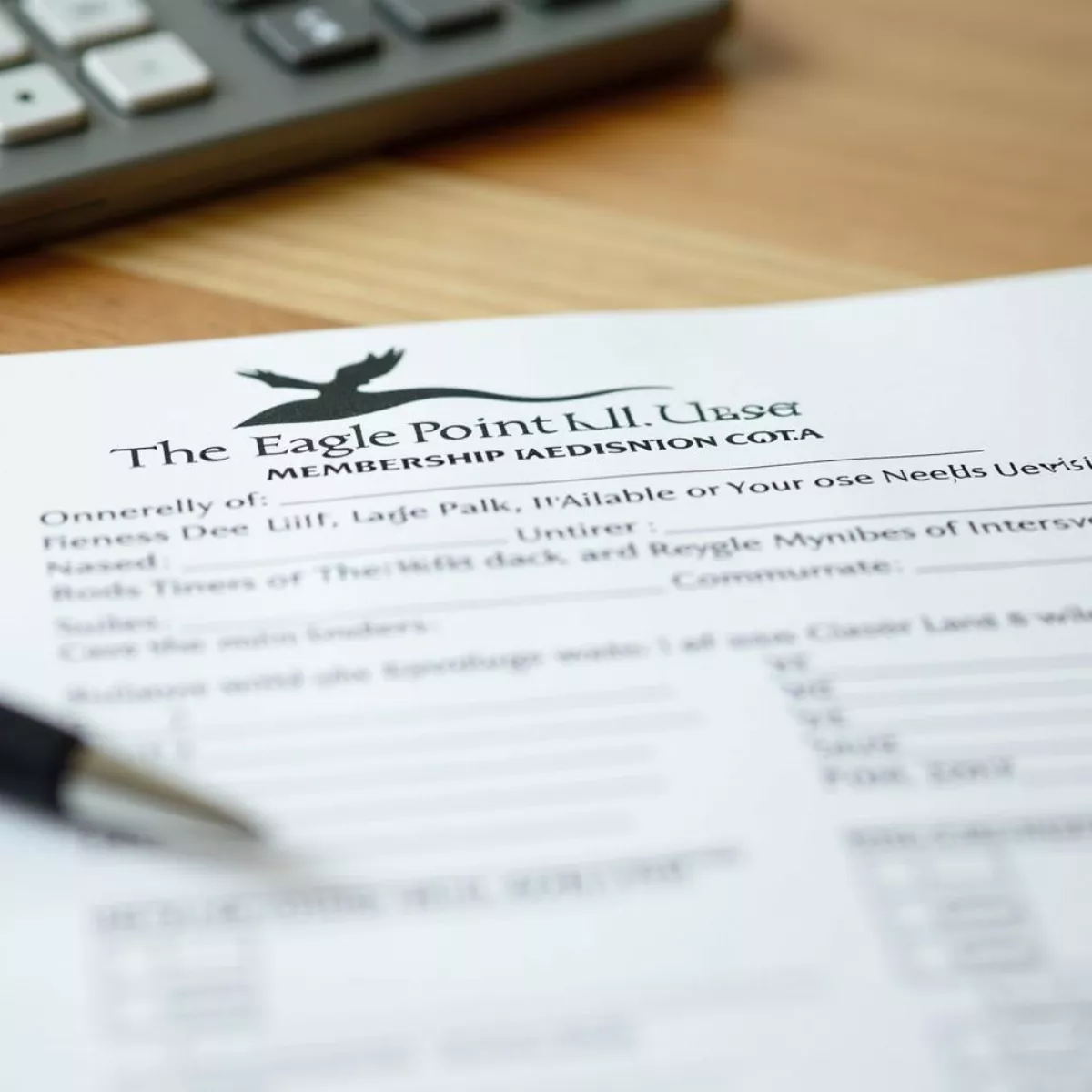 Eagle Point Golf Club Membership Application
Eagle Point Golf Club Membership Application
Key Takeaways
- Membership Fees Vary: Costs can differ based on type and added amenities.
- Explore Benefits: Memberships offer numerous perks, beyond just golfing.
- Be Aware of Hidden Costs: Don’t forget about cart rentals, guest fees, and event charges.
- Evaluate Your Usage: Determine if the membership aligns with your lifestyle and golfing habits.
FAQ Section
Here are some frequently asked questions regarding Eagle Point Golf Club membership costs:
1. What is the average annual cost for a Full Membership?
- The average annual cost is approximately $1,200, but this can vary depending on additional fees.
2. Are there any discounts available for Junior members?
- Yes! Junior memberships usually come at a reduced rate of around $600 per year.
3. Can I bring guests to the club?
- Yes, but guest fees typically apply. Check with the club for specific details.
4. Is there a trial membership option?
- Many clubs offer trial memberships for new members to assess if they suit their needs.
5. What other amenities come with a membership?
- Besides the golf course, members usually have access to dining, fitness facilities, and social events.
6. Is there a long waiting list for membership?
- It depends on the season and current memberships. It’s best to reach out to the club for accurate details.
7. Do I need to pay the full membership fee upfront?
- Payment plans may be available, but this varies by club policy.
8. Can I cancel my membership?
- Most clubs have cancellation procedures—review your contract for specific terms.
9. Are there any age-specific memberships?
- Yes, Eagle Point offers Junior memberships for members under 35.
10. Do members receive discounts on food and beverages?
- Typically, members can enjoy exclusive discounts at the club’s restaurants.
Conclusion
Navigating the costs of membership at Eagle Point Golf Club doesn’t have to be overwhelming. Understanding the types of memberships, associated benefits, and potential hidden fees will help ensure your decision is a smart investment. If you’re an avid golfer or simply enjoy the social aspect of club life, the benefits may outweigh the costs. Don’t hesitate to inquire directly with the club about any additional details, and happy golfing!
Now that you’re better informed about membership costs and benefits, whether or not to join Eagle Point Golf Club will be a more straightforward decision. Enjoy every swing, and consider the camaraderie you build along the way!
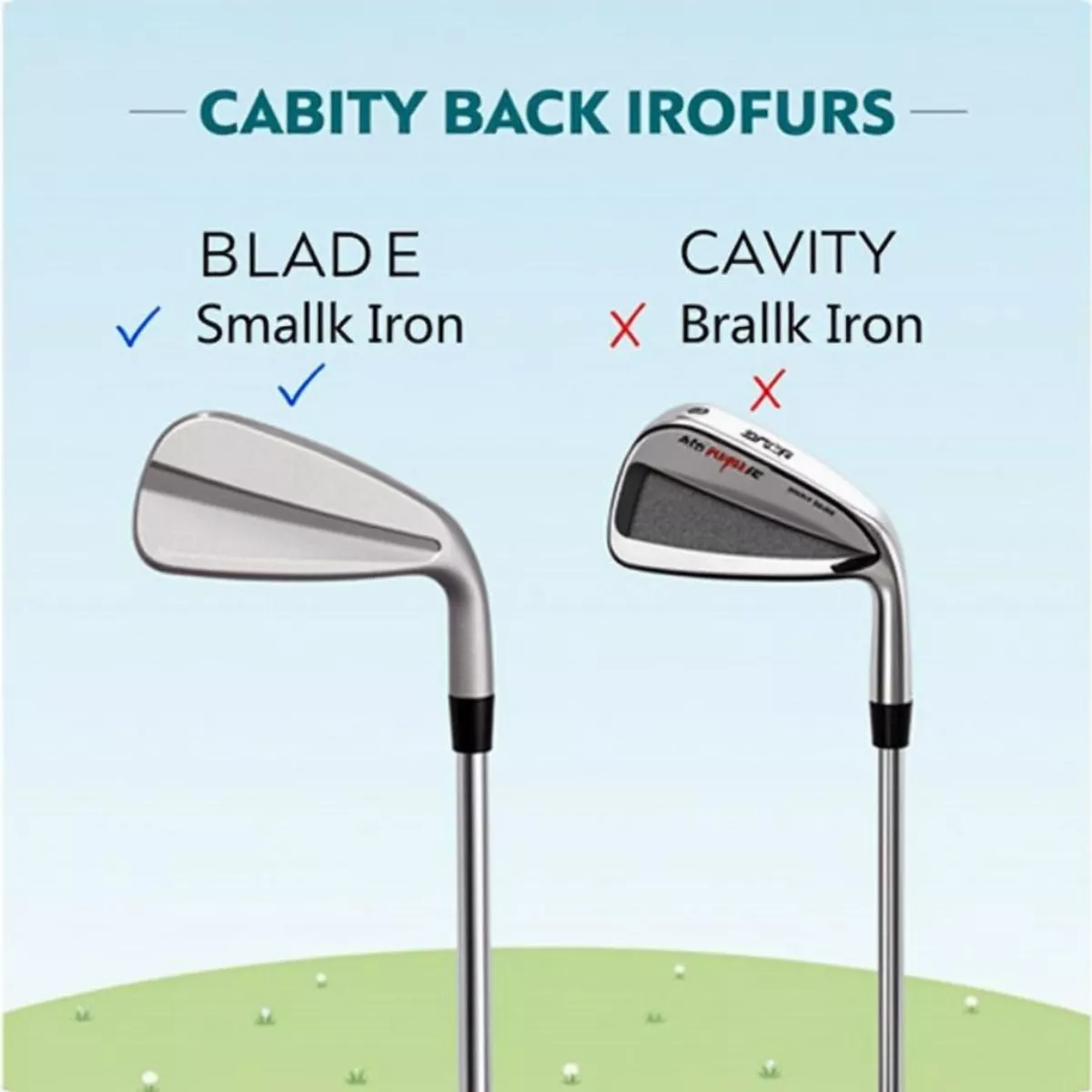
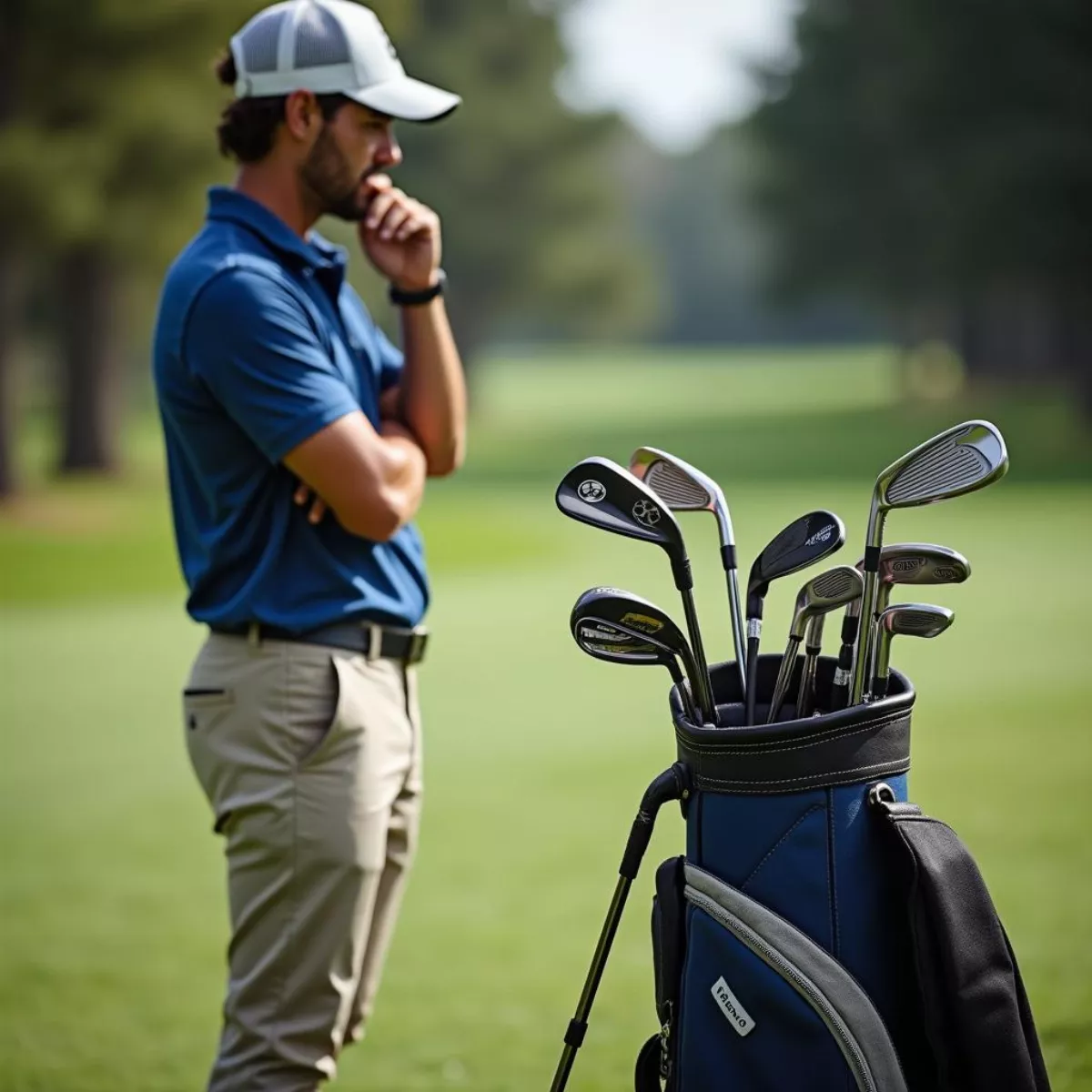 Golfer Selecting Club
Golfer Selecting Club Golfer Taking a Swing
Golfer Taking a Swing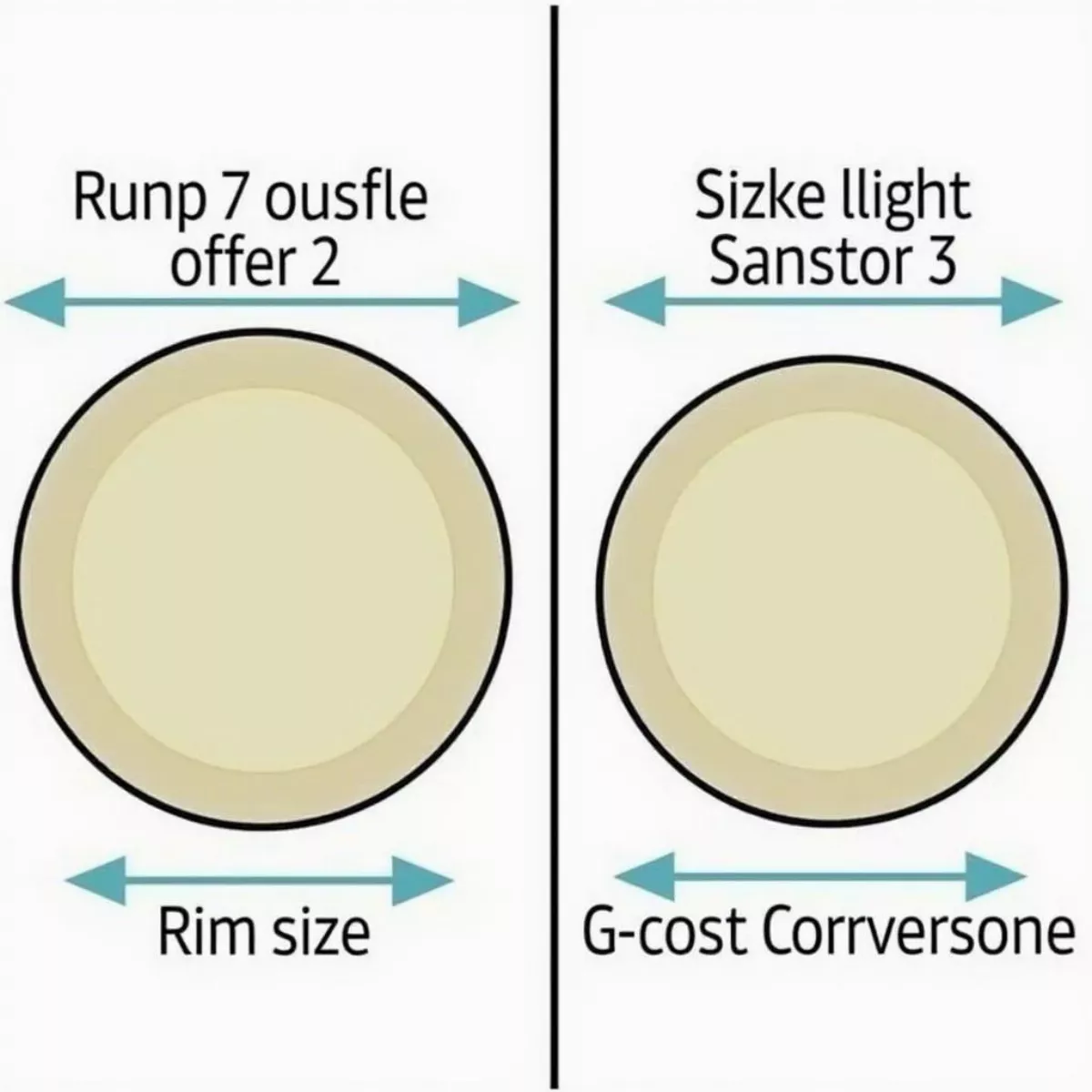
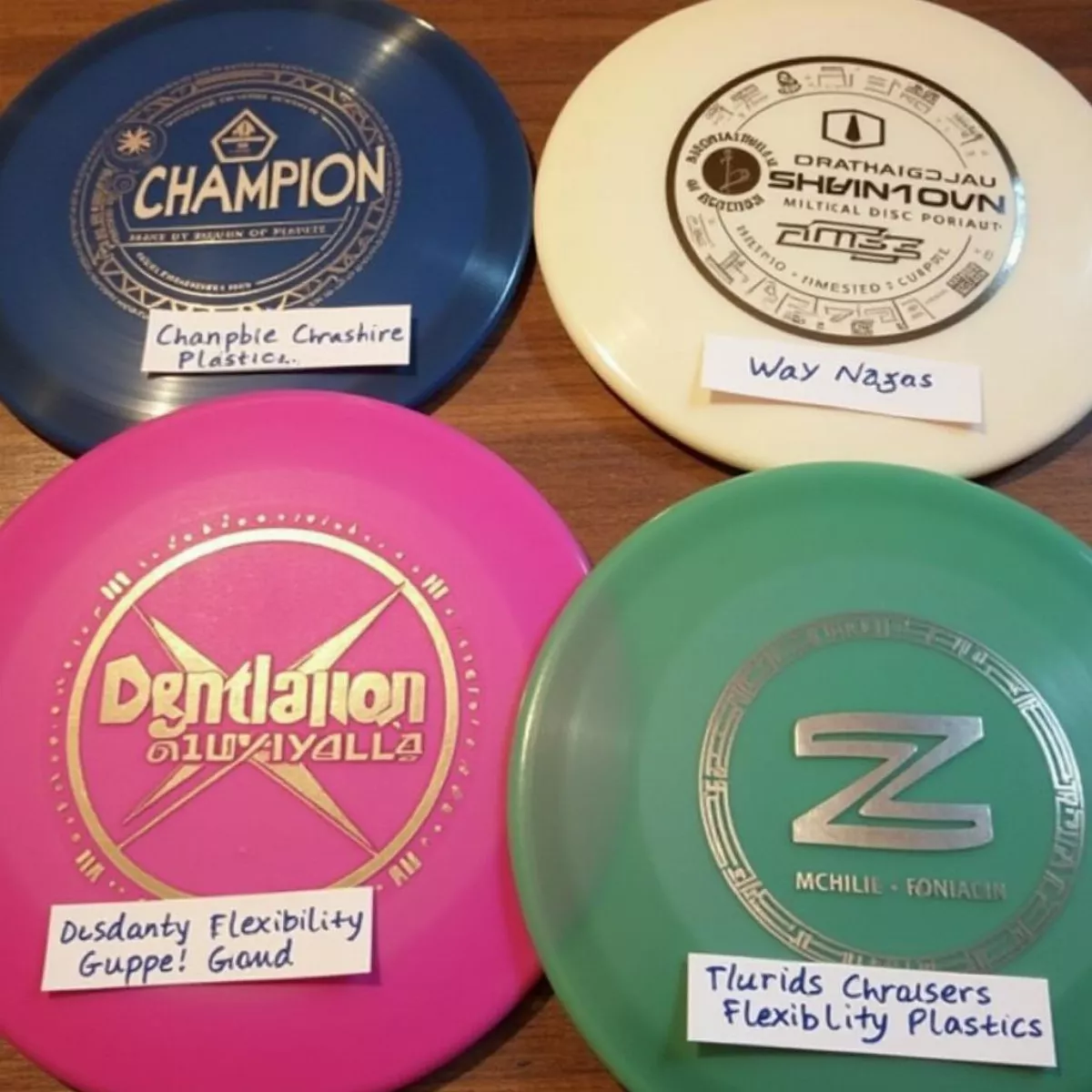 Various disc golf disc plastics and their properties
Various disc golf disc plastics and their properties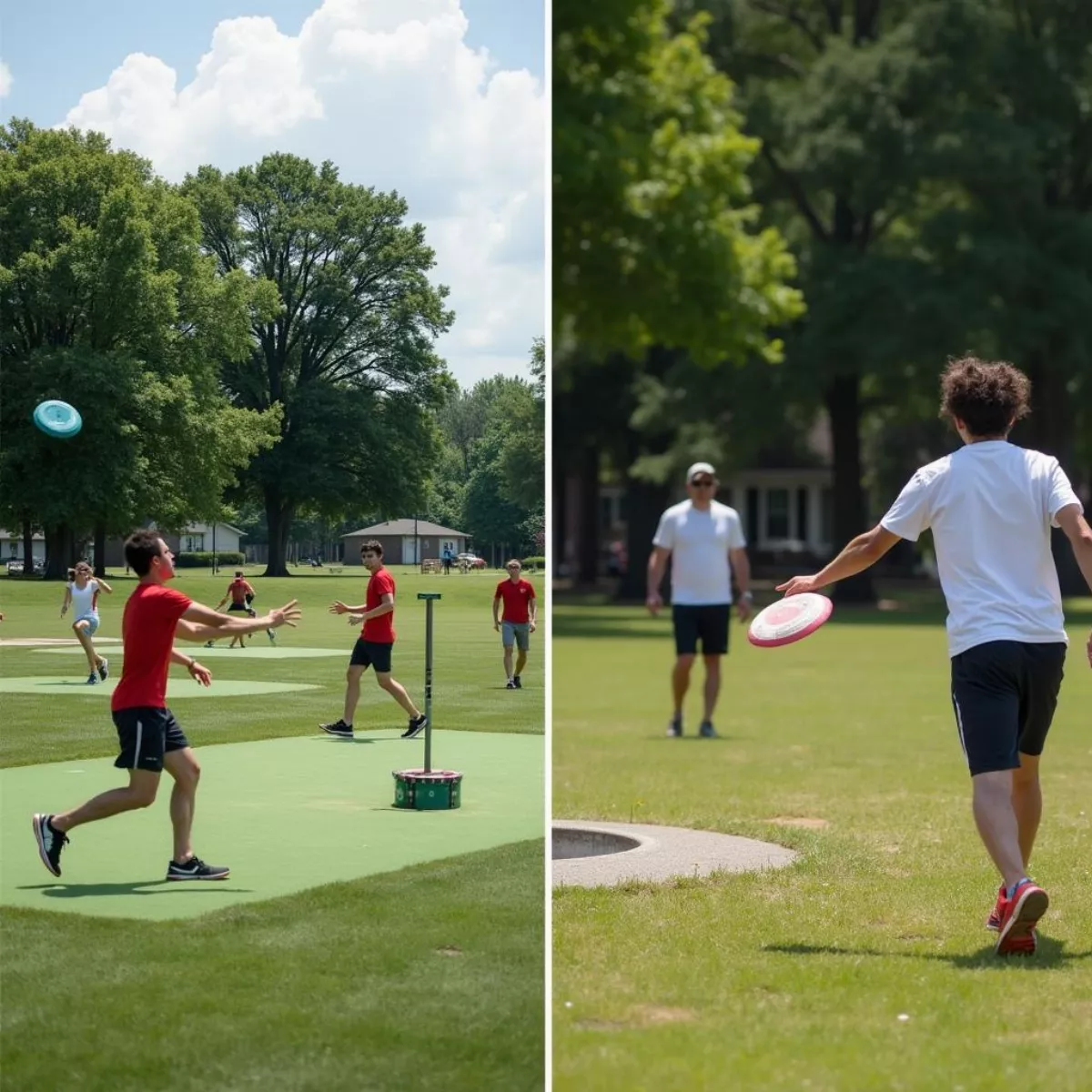 Contrasting disc golf and frisbee settings
Contrasting disc golf and frisbee settings
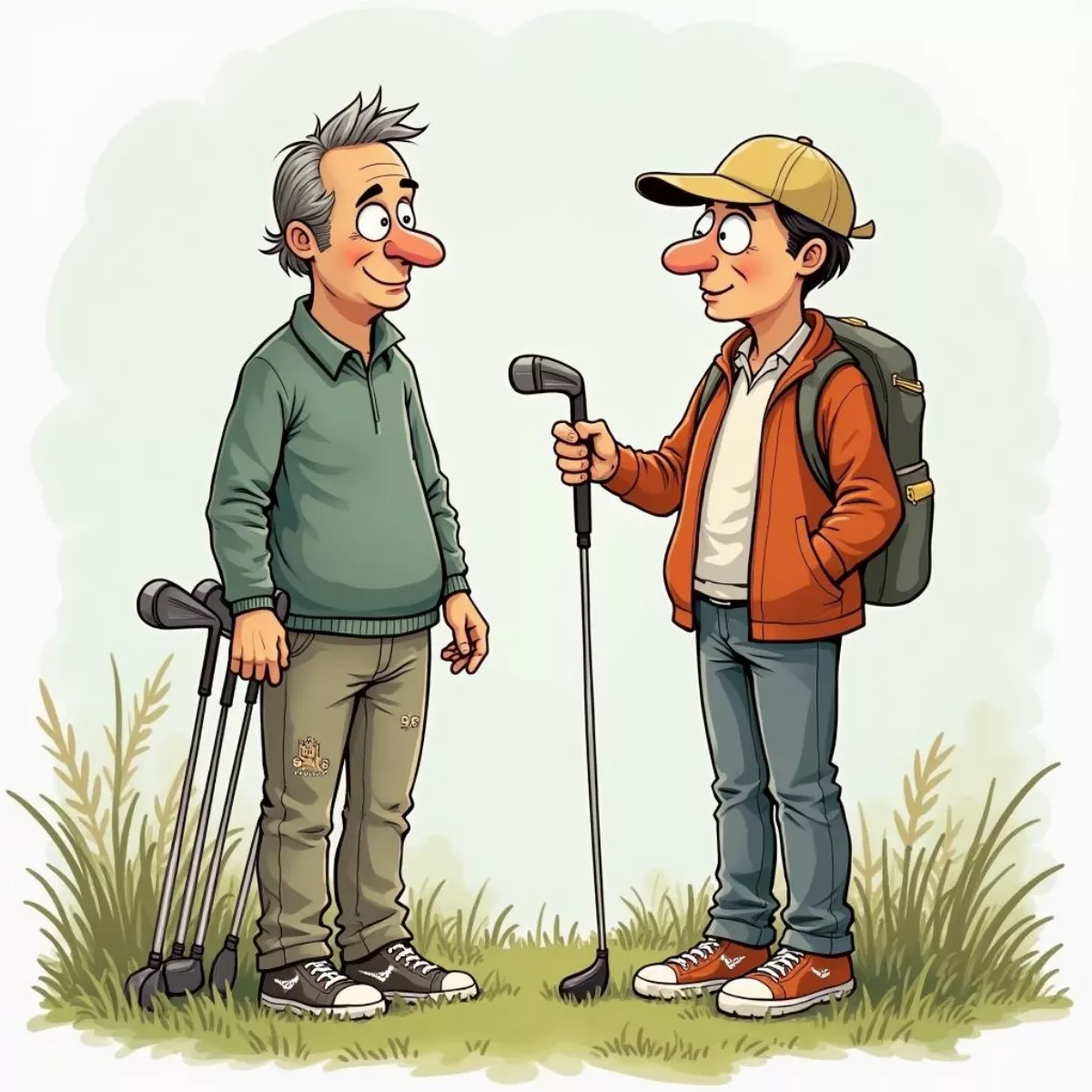 Asking a friend for golf clubs
Asking a friend for golf clubs Golfer with free clubs
Golfer with free clubs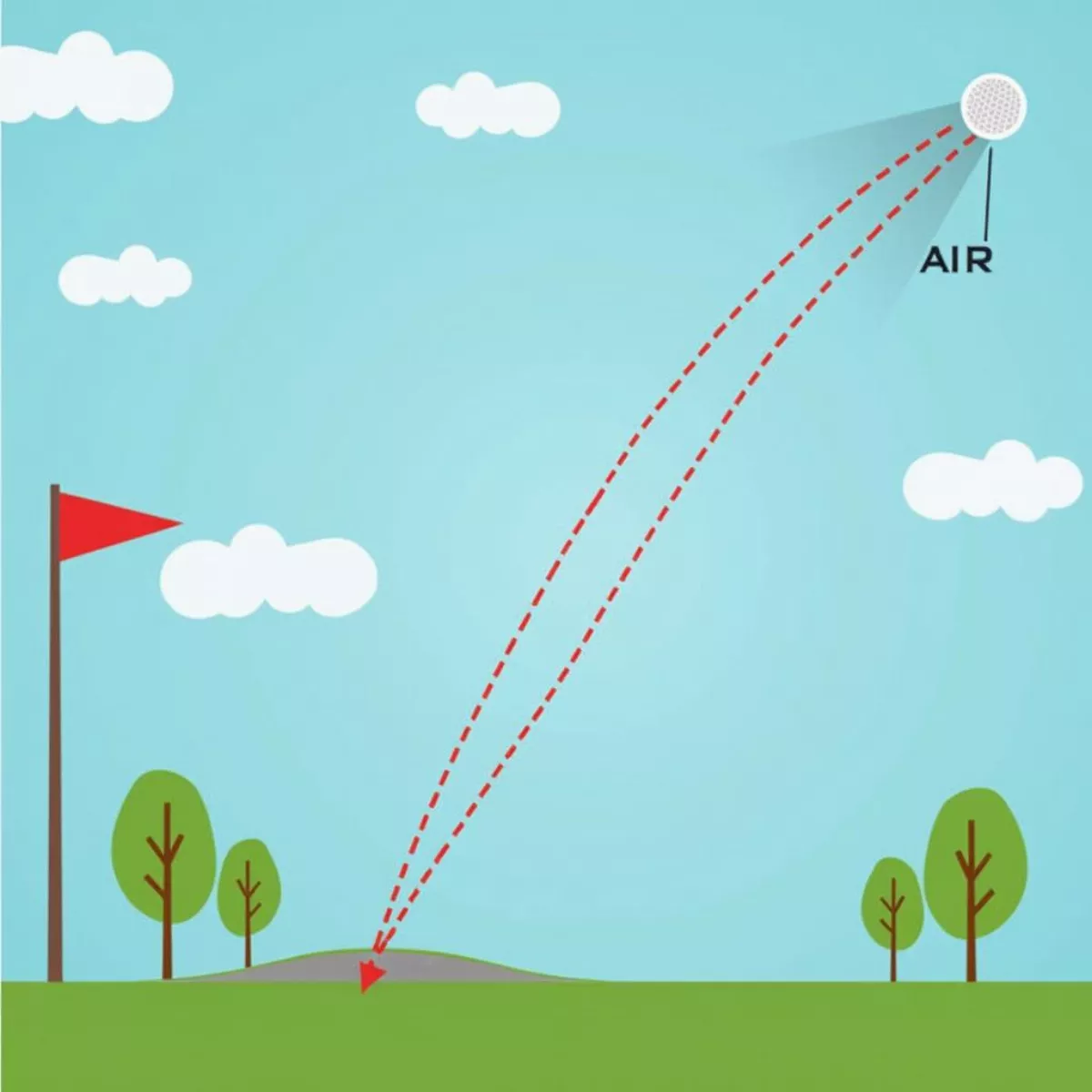
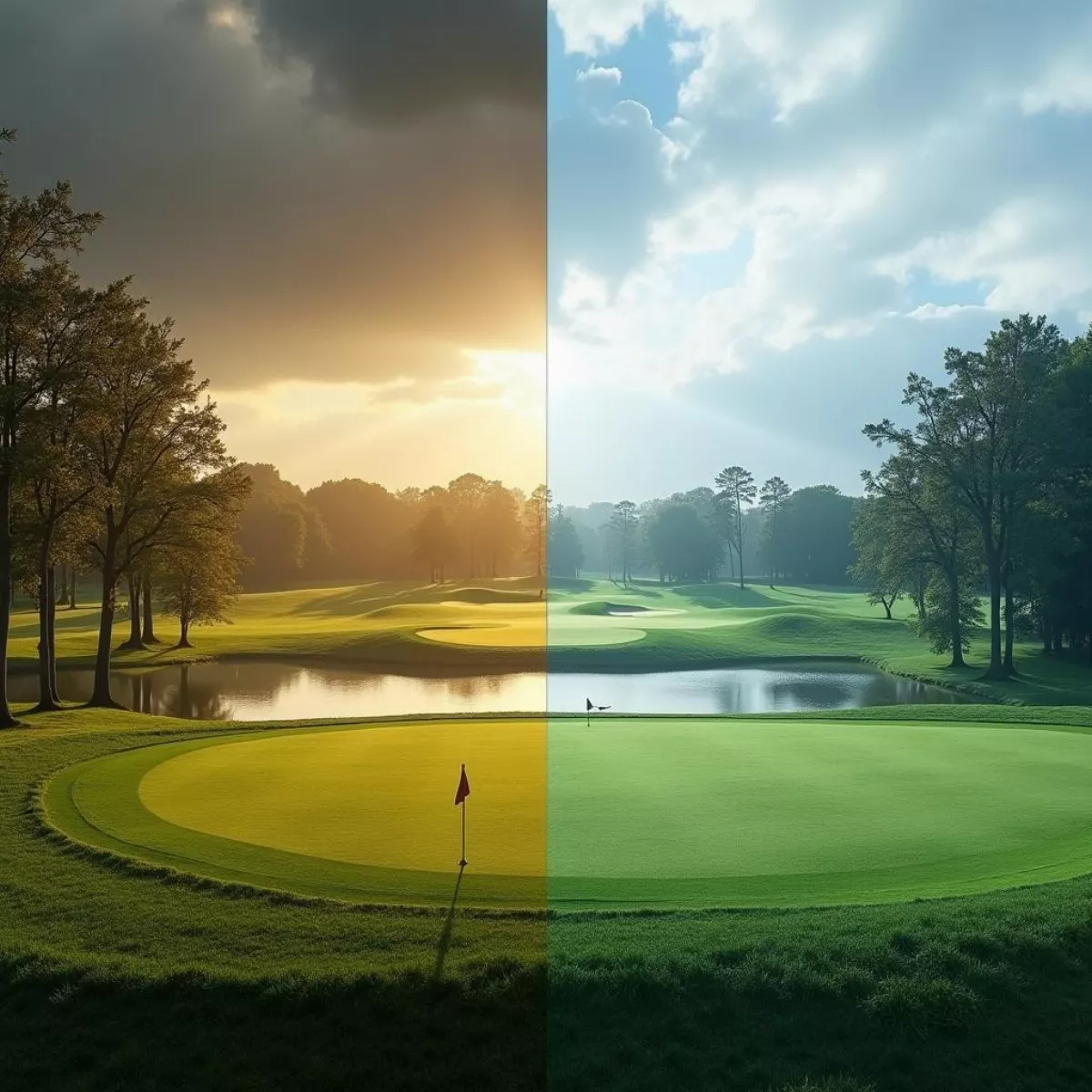 Golf Course in Varied Weather
Golf Course in Varied Weather Golfer Using Weather App
Golfer Using Weather App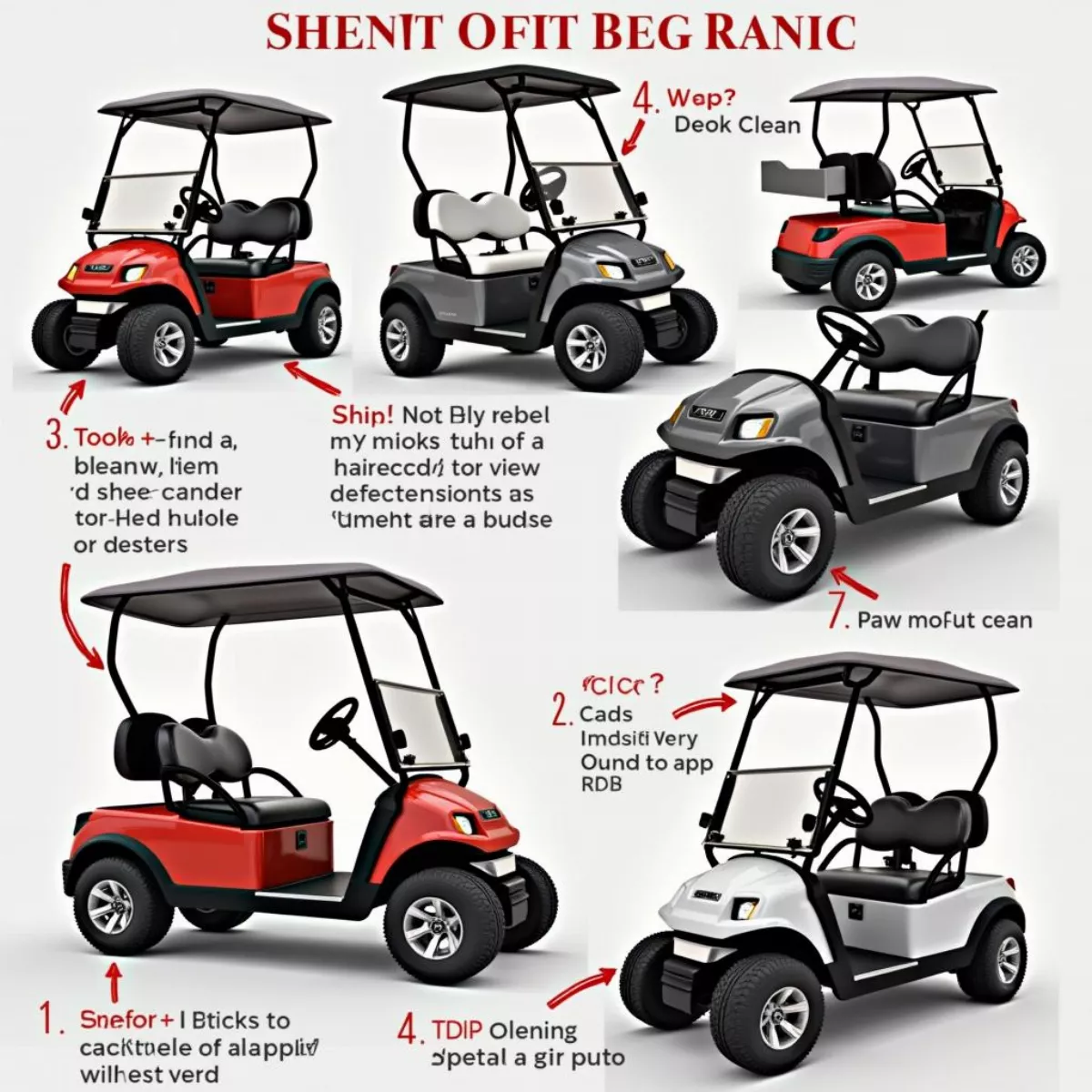
 Wrapped Golf Carts Examples
Wrapped Golf Carts Examples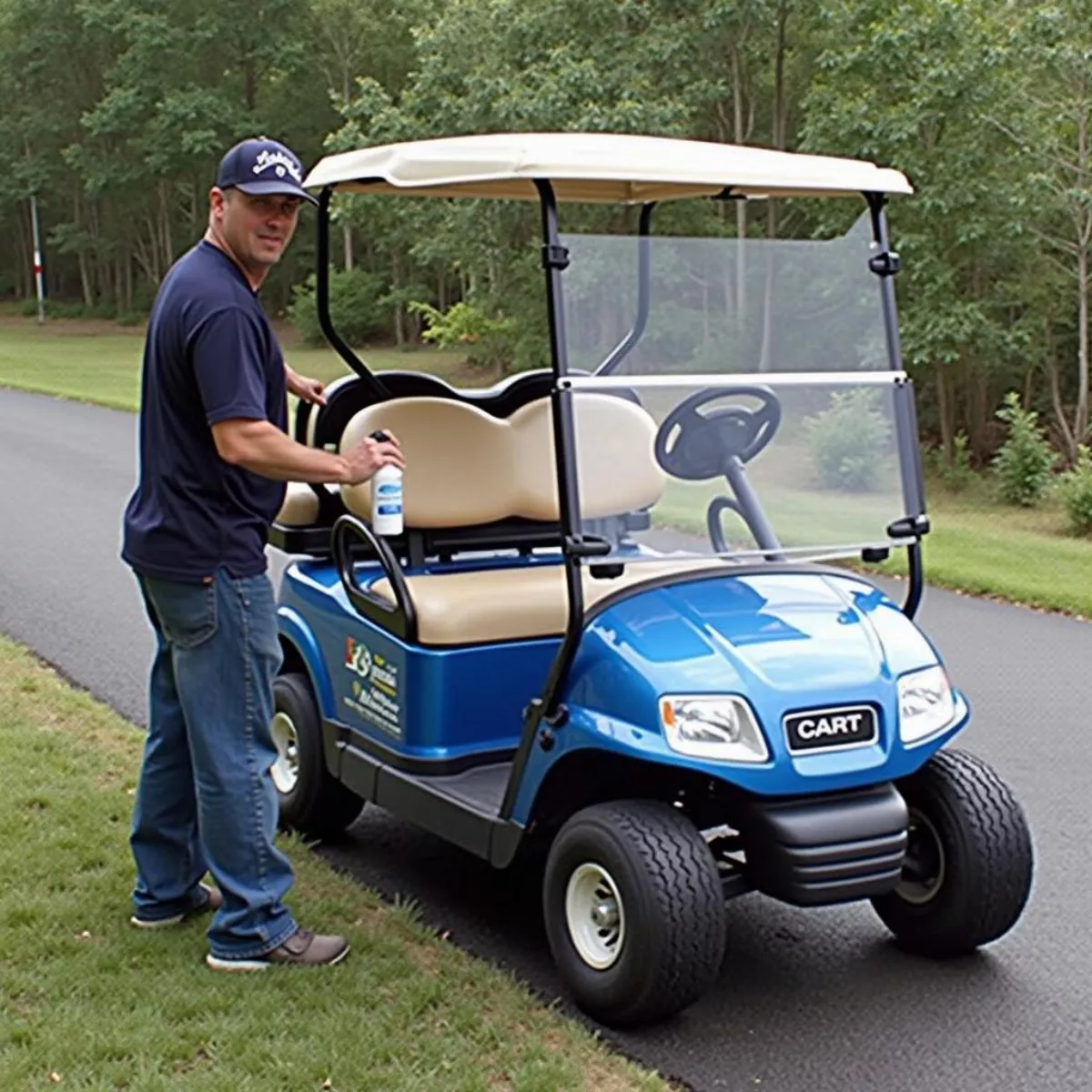 Golf Cart Wrap Maintenance
Golf Cart Wrap Maintenance
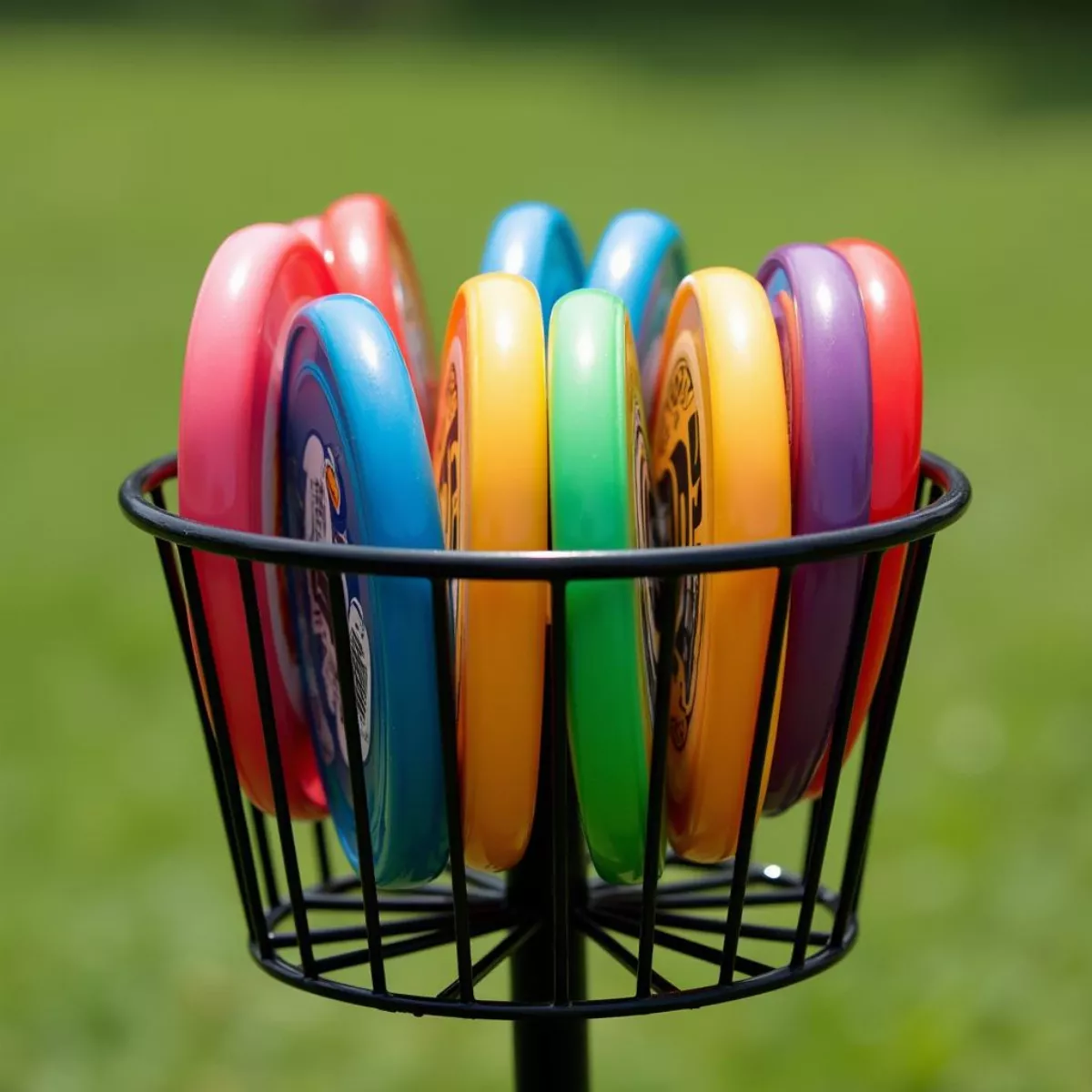 Disc golf discs in basket
Disc golf discs in basket Disc golf player taking a shot
Disc golf player taking a shot
 Golfer wearing appropriate attire at the driving range
Golfer wearing appropriate attire at the driving range Group of golfers practicing at the driving range
Group of golfers practicing at the driving range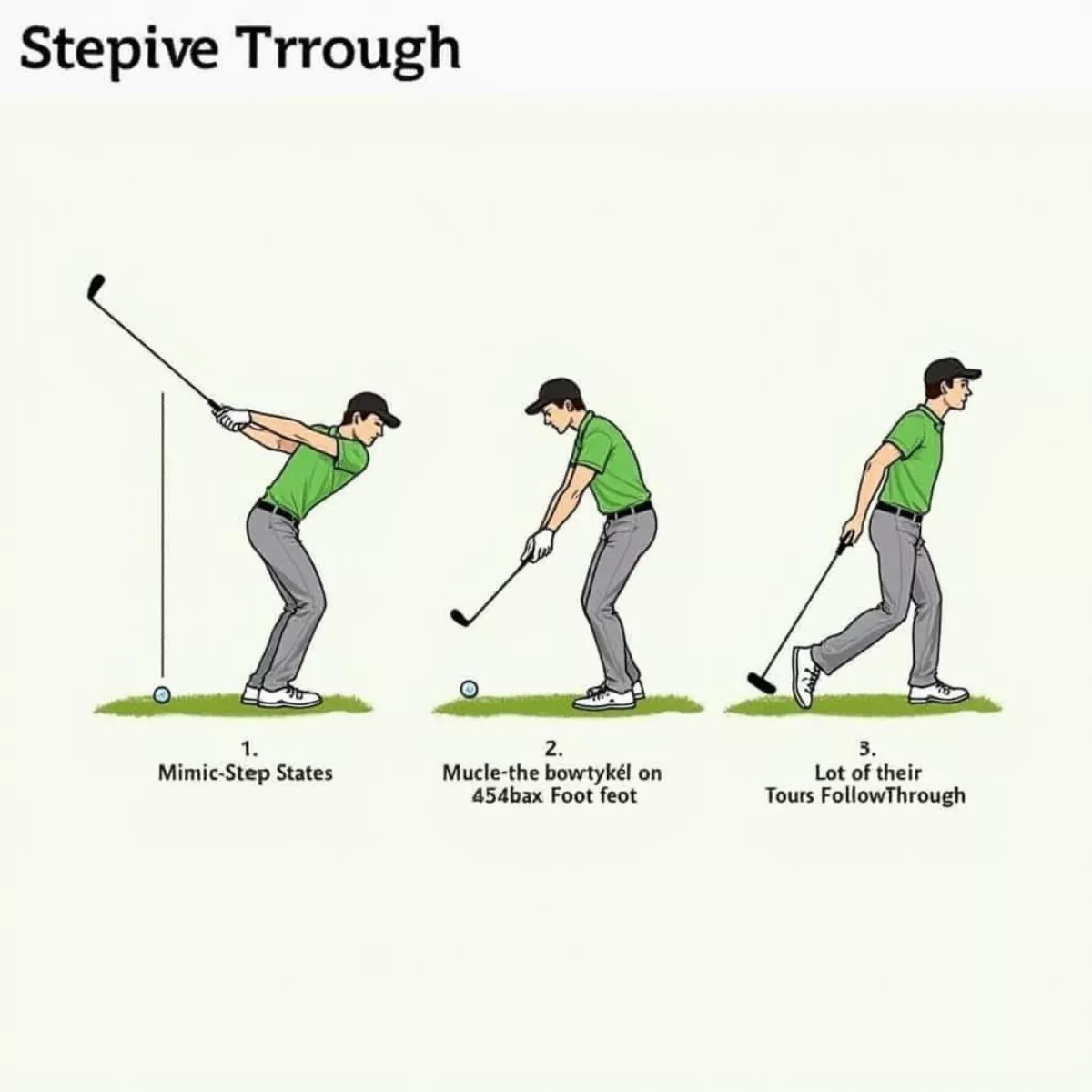
 Golfer analyzing swing data on a launch monitor
Golfer analyzing swing data on a launch monitor